proper lighting for enclosed area
tuddie
17 years ago
Related Stories
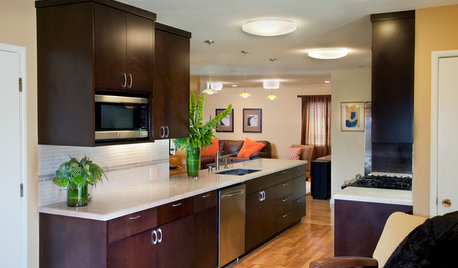
KITCHEN DESIGNSmart Kitchen Investment: Lighting for Function and Good Looks, Too
Save your eyes, lift your spirits and give buyers what they want with proper kitchen lighting. Two designers share their insight
Full Story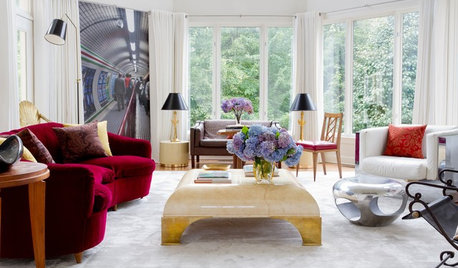
ECLECTIC HOMESHouzz Tour: A Manor Near D.C. Goes From Suburban Modern to Georgian
Newly enclosed spaces and traditional details join eye-popping murals to give a 2002 home some European gravitas
Full Story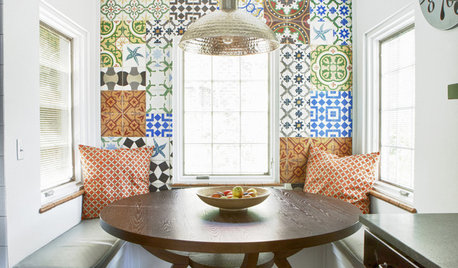
KITCHEN DESIGN10 Kitchen Setups for an Eating Area You’ll Love
Bring color and creativity to the table with cool chairs, statement lighting and artful touches
Full Story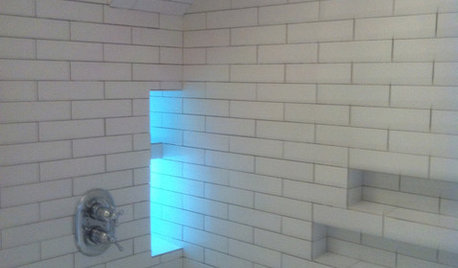
BATHROOM DESIGN10 Top Tips for Getting Bathroom Tile Right
Good planning is essential for bathroom tile that's set properly and works with the rest of your renovation. These tips help you do it right
Full Story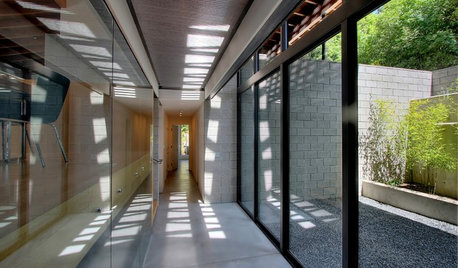
ARCHITECTUREDesign Workshop: How to Borrow Light
You can save energy by using glass walls, windows and skylights to bring sunlight into dark areas of your home
Full Story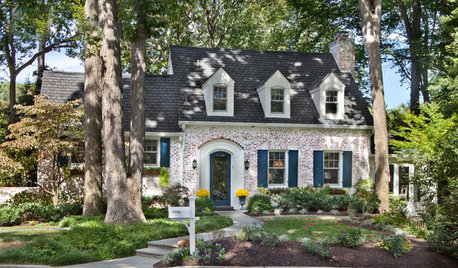
REMODELING GUIDESFinish Your Remodel Right: 10 Tasks to Check Off
Nail down these key details to ensure that everything works properly and you’re all set for the future
Full Story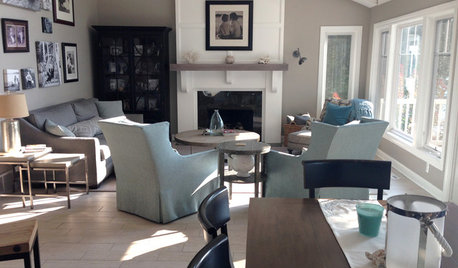
BEFORE AND AFTERSLiving Area Lightened Up and Ready for Anything
Porcelain tile and outdoor fabrics prepare this lakeside home for the challenge of pets and kids
Full Story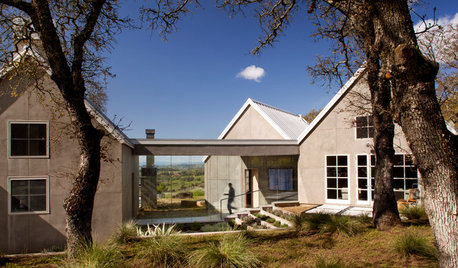
ARCHITECTURE7 Stunning Glass Walkways in Modern Homes
Enclosed but not hemmed in, these modern walkways provide a path between rooms and clear views of the landscape
Full Story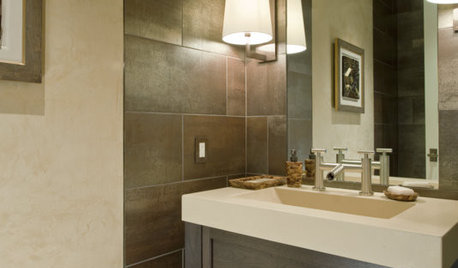
BATHROOM DESIGNHow to Light Your Bathroom Right
Get ready for your close-up in a bath that's a sanctuary with task, accent, decorative and ambient lighting
Full Story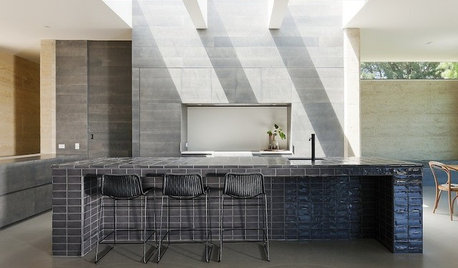
LIGHTINGThe Glorious Benefits of Skylights
Discover the wonders of overhead openings beyond just the extra illumination
Full StorySponsored
Custom Craftsmanship & Construction Solutions in Franklin County
More Discussions






highjack
shrubs_n_bulbs
Related Professionals
New Mexico Landscape Architects & Landscape Designers · Vernon Hills Landscape Architects & Landscape Designers · Waunakee Landscape Architects & Landscape Designers · Estelle Landscape Contractors · Harvey Landscape Contractors · Hollywood Landscape Contractors · Mendota Heights Landscape Contractors · Northbridge Landscape Contractors · Oviedo Landscape Contractors · Royal Oak Landscape Contractors · Woodburn Landscape Contractors · Shirley Fence Contractors · Oak Creek Fence Contractors · Sarasota Roofing & Gutters · Cave Spring Roofing & GutterstuddieOriginal Author
shrubs_n_bulbs
highjack
shrubs_n_bulbs
highjack
tuddieOriginal Author